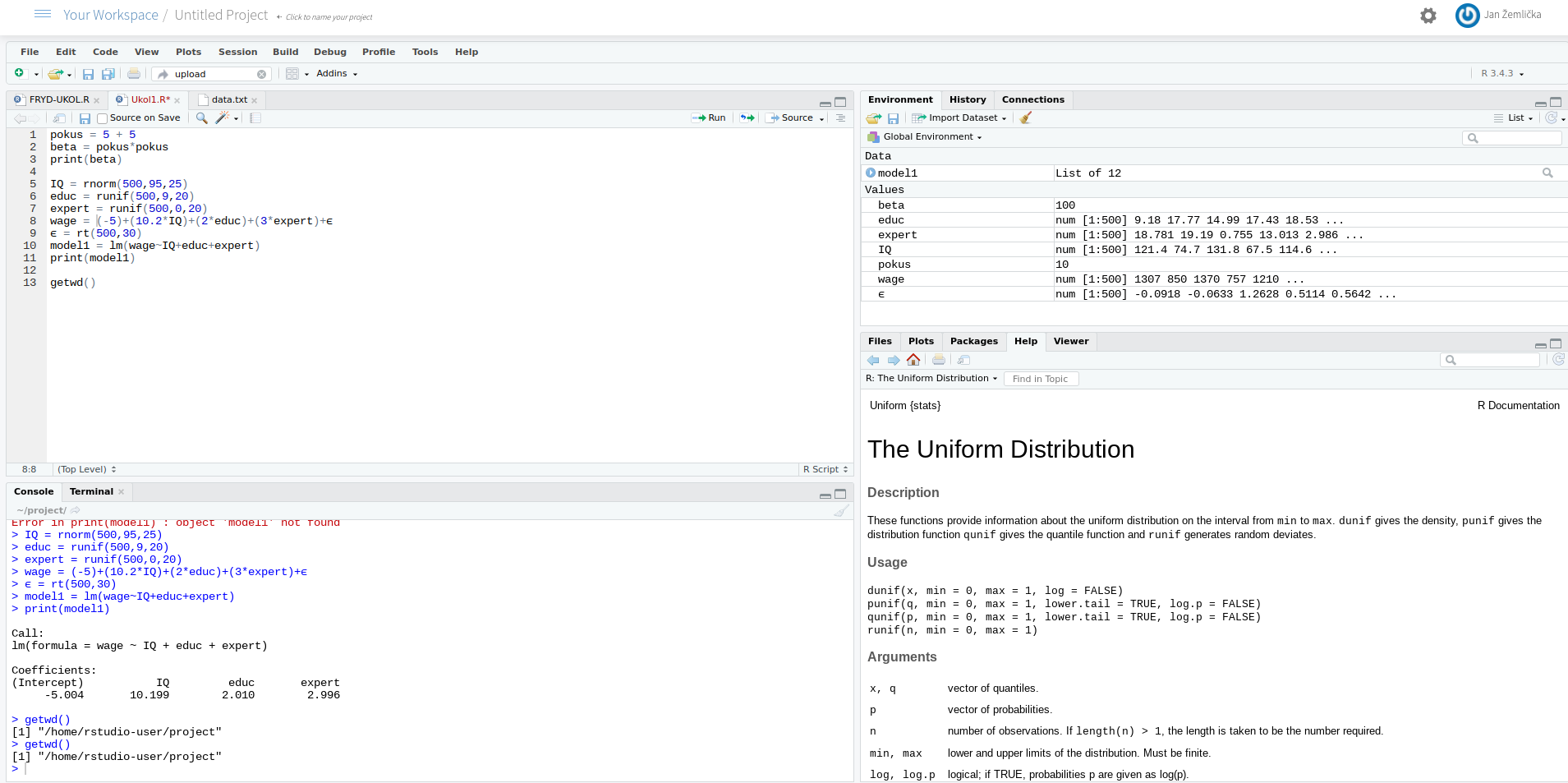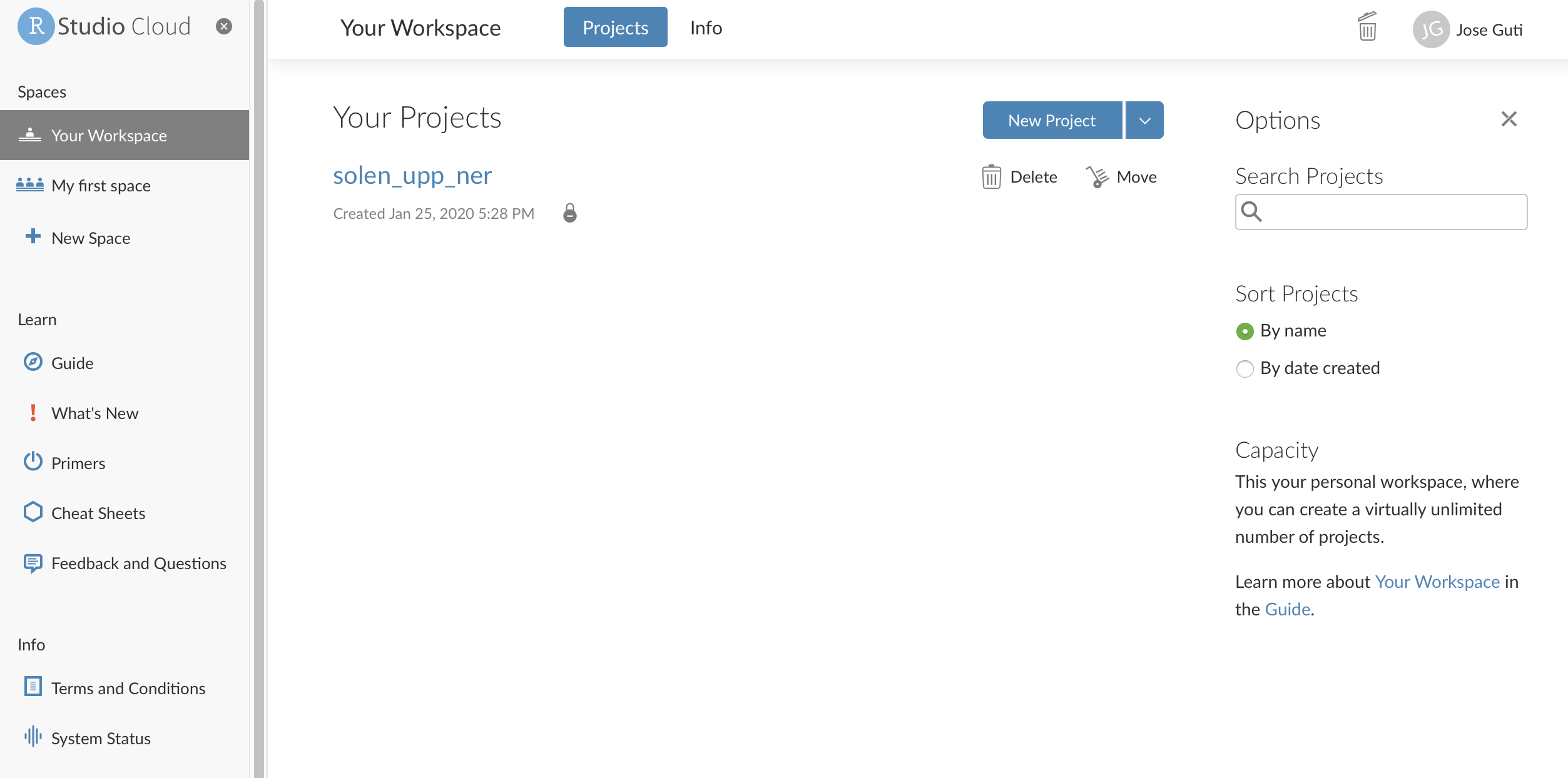


Besides, you cannot always be taking your computer with you. The more CPUs and the more memory the more it will cost you.Many times our computer is not powerful enough to undertake the tasks we need to do. If you're only gonna be running simple functions that won't handle a lot of data then go for a smaller one. There are a lot of different predefined types to choose from and make sure to pick something in the level you need. Make sure to pick a strong password! The "predefined_type" variable is used to decide how many CPUs and how much memory the machine will be using. The attributes above are pretty straight forward. This can be done with the following function: vm <- gce_vm(name = "scheduler-always-on-2", Now all we need to do is send a command to Google Cloud to create a machine. Tag <- gce_tag_container("google-auth-r-cron-tidy", project = "gcer-public") It will install Cron on the virtual machine, which is essential to schedule scripts. The image tag is imported from a public project.

If you are registered in the EU then you have to use a zone located within the EU area. We need to pick a project, a zone for our machine and an image tag that will be used to format our machine to be able to schedule scripts. The next part is to set the default variables that we will be using. Run these lines to install the compute engine package and authorize access to your project for RStudio by using the JSON file that you just downloaded. Gar_auth_service(auth_file, scope = getOption("")) Let's head over to RStudio and create our virtual machine! library(googleComputeEngineR)Īuth_file <- "C:/Users/USER/Downloads/"


 0 kommentar(er)
0 kommentar(er)
